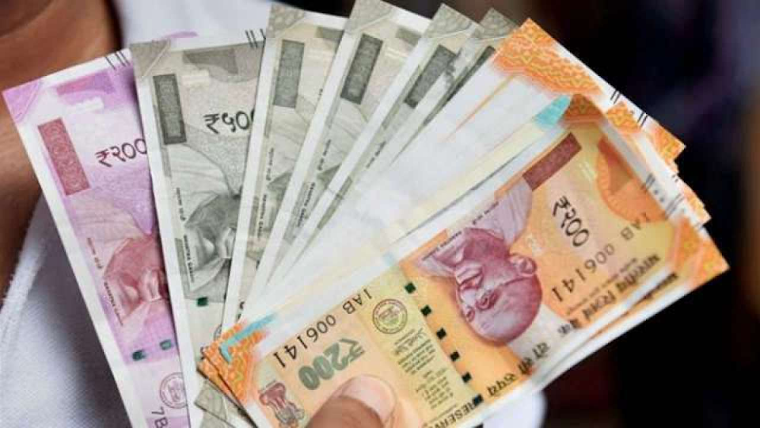The risk & return profile of Aditya Birla Mutual Fund schemes can be had from the following graph. As on 01-08-2019, we find that gold ETF is leading followed by debt schemes and least rate of return is given by the small cap spectrum
it is easier to understand risk from above graph as ones with least return has maximum risk at this point in time. However, other risks are associated with the schemes
When companies default, it is reflected in the portfolio of schemes that hold such assets. In January 2019, a consortium of lenders to the
Essel Group, including mutual funds, agreed to wait till 30 September, giving it time to raise money for repayment of loans. The lenders agreed not to enforce their collaterals against Essel Group debt; for several mutual funds, these collaterals are shares of the promoter in Essel Group companies, including Zee Entertainment Enterprises Ltd. Mutual Funds have an exposure of about ₹7,000 crore to the Essel Group debt, as of end of February 2019, as per data from Value Research. Some AMCs, including Reliance Nippon Life Asset Management Co., have exited since. But the Essel promoters haven’t managed to raise sufficient money to repay lenders in seven months, and with just about two months left to go,
the lenders find themselves on the edge by July 2019
The company can claim it is just a delay and that they have seven days to pay up. However, as per existing regulations and credit rating agencies rating profile, the company will be treated as D and fund houses have to
mark down the investments by 75% for secured securities and 100% for unsecured securities
Invest knowing the risks and manage the risks





